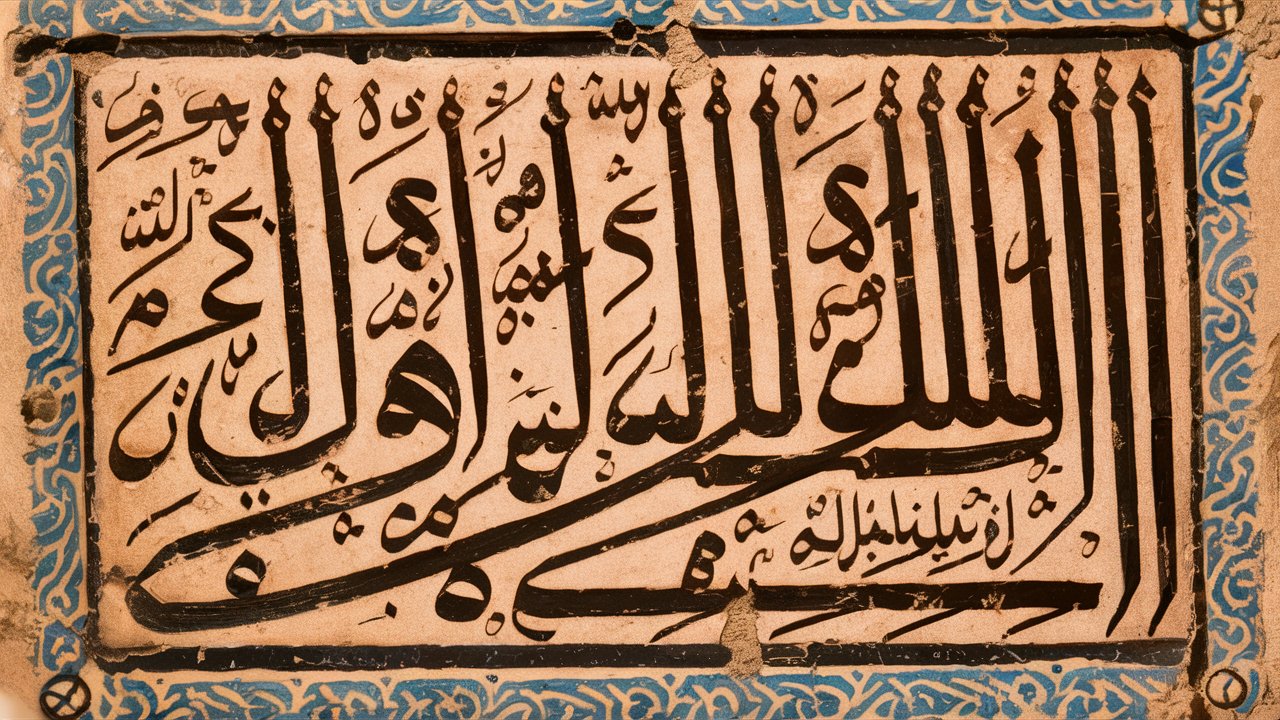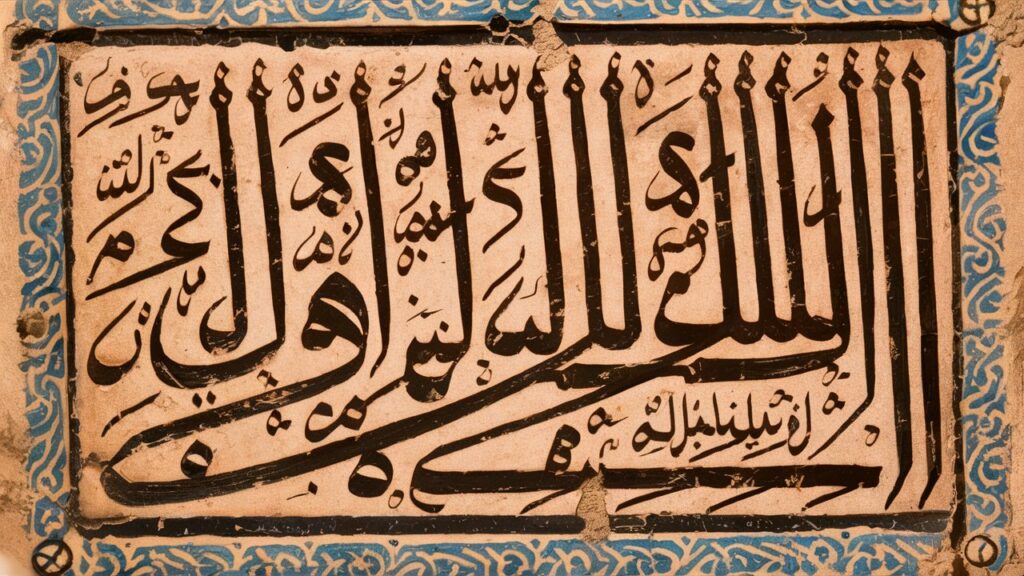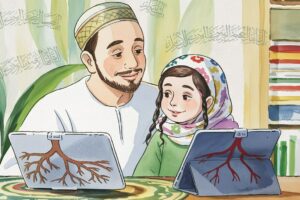
From Makkah to Medina: Exploring Arabic Through Islamic History
Have you ever wondered about the language used during pivotal moments in Islamic history? This blog post will take you on a journey “From Makkah to Medina,” exploring how Arabic played a central role in shaping the Islamic world. We’ll delve into key historical events, unveil the Arabic vocabulary used during those periods, and even peek at some fascinating historical artifacts with their intricate Arabic inscriptions. Get ready to learn Arabic and history in a whole new light!
The Rise of Islam in Makkah

Imagine the bustling city of Makkah in the 7th century. It’s here that Prophet Muhammad (Peace Be Upon Him) received the first Quranic revelations, messages believed to be the direct word of God. These revelations, delivered in clear and eloquent Arabic (“fusha” or classical Arabic), resonated deeply with the early Muslim community. Words like “wahy” (revelation), “tawḥīd” (monotheism), and “umma” (community) became cornerstones of their faith, forging a strong bond through shared language and belief.
Hijrah to Medina and Building a Community
Following persecution in Makkah, the Prophet Muhammad (Peace Be Upon Him) and his followers undertook the historic journey to Medina, known as the Hijrah. This migration in 622 CE marked a turning point in Islamic history. In Medina, a diverse group of Muslims, both migrants (“muhajirun“) and local supporters (“ansar“), came together to build a new Islamic society. Arabic facilitated communication and collaboration, fostering a spirit of “ukhuwwah” (brotherhood) and unity.
The Expansion of Islam and the Arabic Language

The centuries that followed the Prophet’s (Peace Be Upon Him) lifetime witnessed the remarkable expansion of Islam. Conquests and trade routes extended the reach of the Islamic world, carrying the Arabic language far and wide. Arabic became the language of governance in the vast Islamic empires, from the Umayyads to the Ottomans (“Khilafah” – Caliphate). It facilitated tijarah (trade) and cultural exchange, allowing for the dissemination of knowledge and ideas across diverse populations. Importantly, Arabic became the language of scholarship, with countless Islamic texts and scientific advancements documented in this rich language. Words like “ilm” (knowledge) became central to the pursuit of learning within the Islamic world.
Conclusion:
This journey “From Makkah to Medina” has shown us the deep connection between Arabic and Islamic history. Learning Arabic opens a door to understanding the rich tapestry of Islamic civilization, from the early revelations to the flourishing empires. From deciphering inscriptions on historical artifacts to delving into the vast corpus of Islamic scholarship, Arabic unlocks a treasure trove of knowledge. So, why not embark on your own Arabic learning adventure and discover the wonders of Islamic history through its original language?
Feeling inspired? Explore online resources for learning Arabic with a focus on Islamic history vocabulary. Many museums with Islamic artifacts offer educational materials or even guided tours highlighting the Arabic inscriptions. Consider attending a lecture on Islamic history or joining a discussion group – these can be great ways to learn and connect with others on your Arabic language journey.



